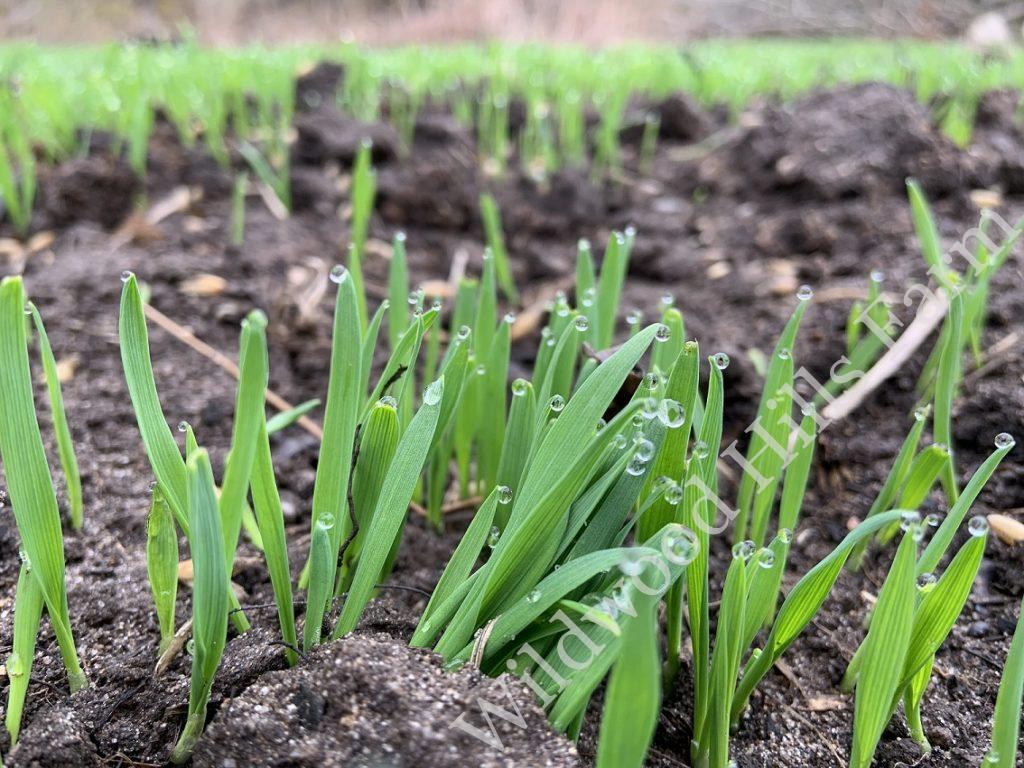We both grew up amongst the trees and waters of Northern New York. Having gardens and animals somewhere within the realm of our daily activity has always seemed to complete life.
A shared love for Nature has led us on a path of sustainable agriculture with deep respect for natural ways of living. WildWood is a product of our shared interests and complimenting knowledges.
Delving into the realms of forest stewardship has inspired Derrick to start an off-shoot business, Foothills Forest Restoration, specializing in sustainable, low-impact forest management services for long-term timber and environmental goals. He is NY Logger Trained Certified and serves both public and private forest-owners. Firewood and timber can be harvested in the process of thinning premature forests, rehabilitating damaged forest ecosystems and nurturing prime timber trees with healthy regeneration for future harvests and enjoyment.

The History of the Hills
The land now called WildWood Hills Farmstead sits with the cobble ridges to it’s back, extending across a large area of woods and water, and wooded hills rolling forth. These are part of the varied landscape that makes the Foothills to the Adirondack Mountains so special.
The shape of the land here was formed by many factors. Early geological history of the Adirondack area indicates that a swelling of the Earth’s crust made a dome formation about 20 million years ago, which has crackled and eroded into the mountain range we see today. This is a somewhat unusual type of mountain creation as opposed to the more commonly thought of and exemplified tectonic plate shifts and collisions which often form longer mountain ranges. Our local rock ridges would have then been carved out and faces of bedrock exposed by the sliding, scraping retreat (melt) of the glaciers, up until about 20,000 years ago. Since then, the only natural geological acts on the landscape has been the slow leveling shift that happens to hills over millennia due to weathering and erosion and woody growth toppling over. Combating that, is the continuing tectonic rise of the Adirondack dome at a rate of about 1 foot per century (that is actually a lot!).
That is probably about when humans really took over changing the landscape.
A Farming History
Our land was part of a dairy farm by the early 20th century. It then shifted to small-scale beef pasturing around the 1960’s before ceasing farming activities for the most part by the 70’s.
Lying dormant and fallow ever since, the pastures grew up with invasive species such as Hawthorn and Honeysuckle, European Buckthorn, Stinging Nettles and Wild Parsnip. Years of hard-work, sweat, and too much blood has gone into the rehabilitation of the fields and it is still a work in progress. It has been sped up with the help of the horses, pigs and birds which are now rotated around areas of the open fields to manage vegetation and increase soil health.
Fruit trees have been planted to begin the establishment of an orchard with a vibrant understory of perennial herbs and wildflowers as part of our whole-systems organic farming approach while providing many secondary farm products as well.
